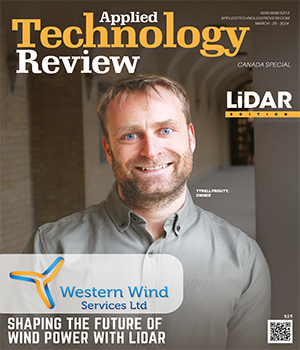In the ever-evolving landscape of technological innovation, few domains have witnessed as dramatic a transformation as LiDAR (Light Detection and Ranging) technology. Once confined to niche applications in topography mapping and remote sensing, LiDAR has now emerged as a cornerstone of numerous industries, from autonomous vehicles to urban planning and beyond. With each passing year, breakthroughs in LiDAR technology continue to redefine what’s possible, propelling us toward a future characterized by unprecedented precision, efficiency, and safety.
The latest strides in the LiDAR technology space are nothing short of revolutionary, offering a glimpse into the next generation of sensor capabilities and applications. At the forefront of these advancements is the push for enhanced resolution and range, two critical parameters that underpin the efficacy of LiDAR systems across various domains.
One of the most significant developments in recent times is the refinement of solid-state LiDAR solutions. Traditionally, LiDAR systems relied on complex mechanical components to steer laser beams and capture three-dimensional data. However, solid-state LiDAR eschews moving parts in favor of compact, semiconductor-based architectures, resulting in greater reliability, durability, and cost-effectiveness. By harnessing the power of microelectromechanical systems (MEMS) and advanced photonics, these next-generation sensors promise to unlock new frontiers in autonomous navigation, augmented reality, and beyond.
However, amid the excitement surrounding these advancements, it’s essential to acknowledge the ongoing challenges facing the LiDAR industry. Concerns related to data privacy, regulatory compliance, and environmental impact must be addressed proactively to ensure the responsible and ethical deployment of LiDAR technology at scale. Moreover, efforts to standardize interoperability and data exchange formats are critical to fostering seamless integration and collaboration across disparate LiDAR systems and applications.
In this edition, we have featured Western Wind Services. The company takes advantage of LiDAR’s indispensable role in wind resource assessments to offer affordable, name-brand LiDAR equipment to different wind power stakeholders across Canada, ranging from developers and consultants to operators and farms.


















